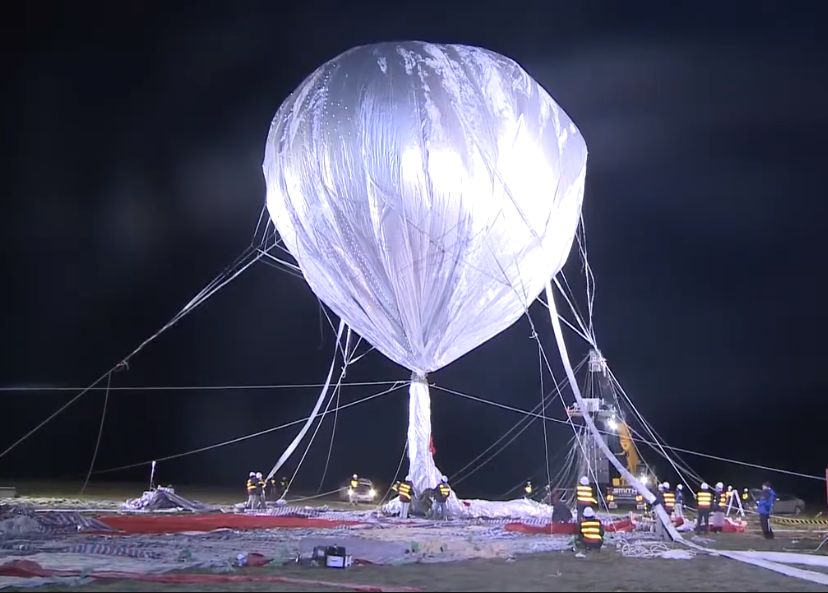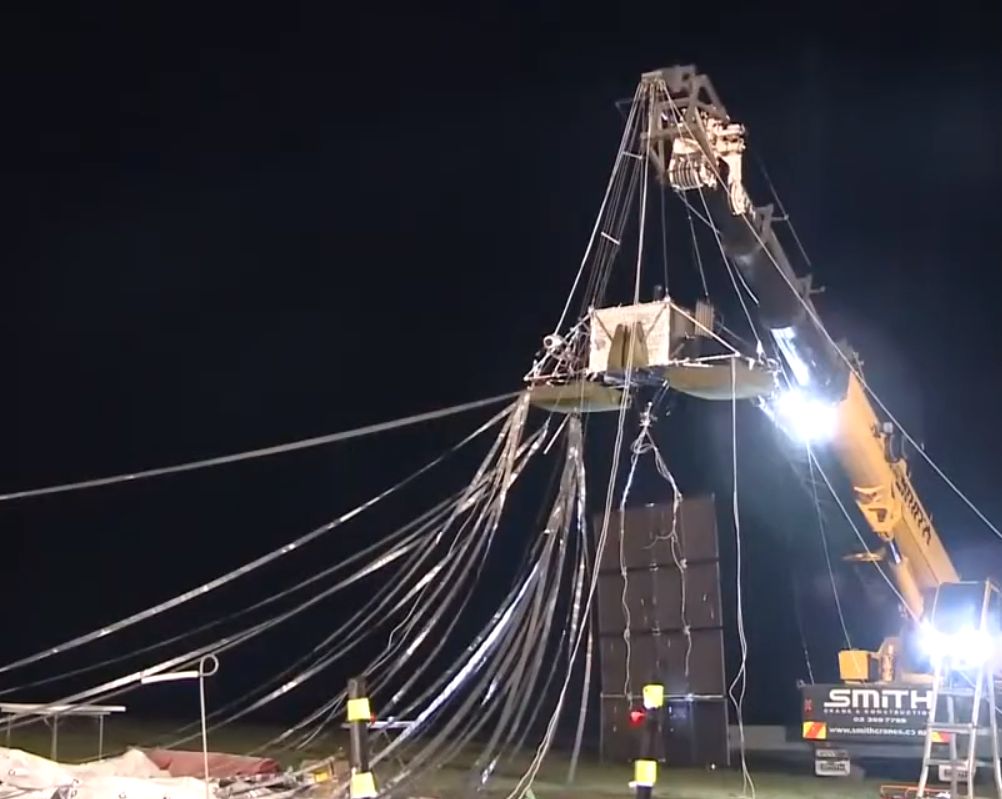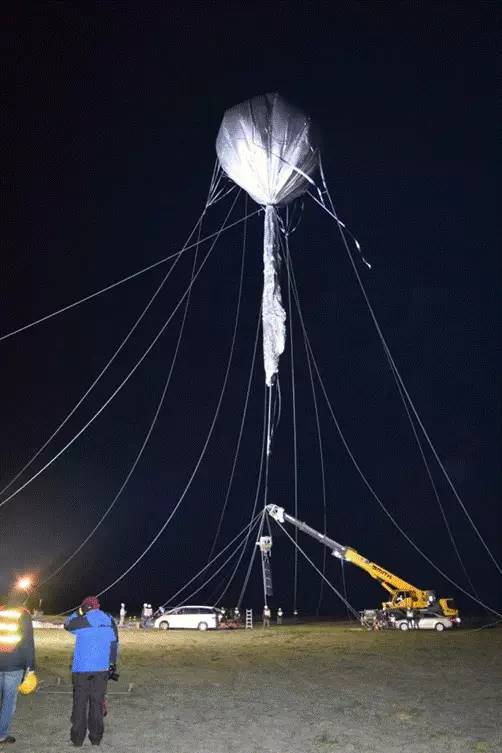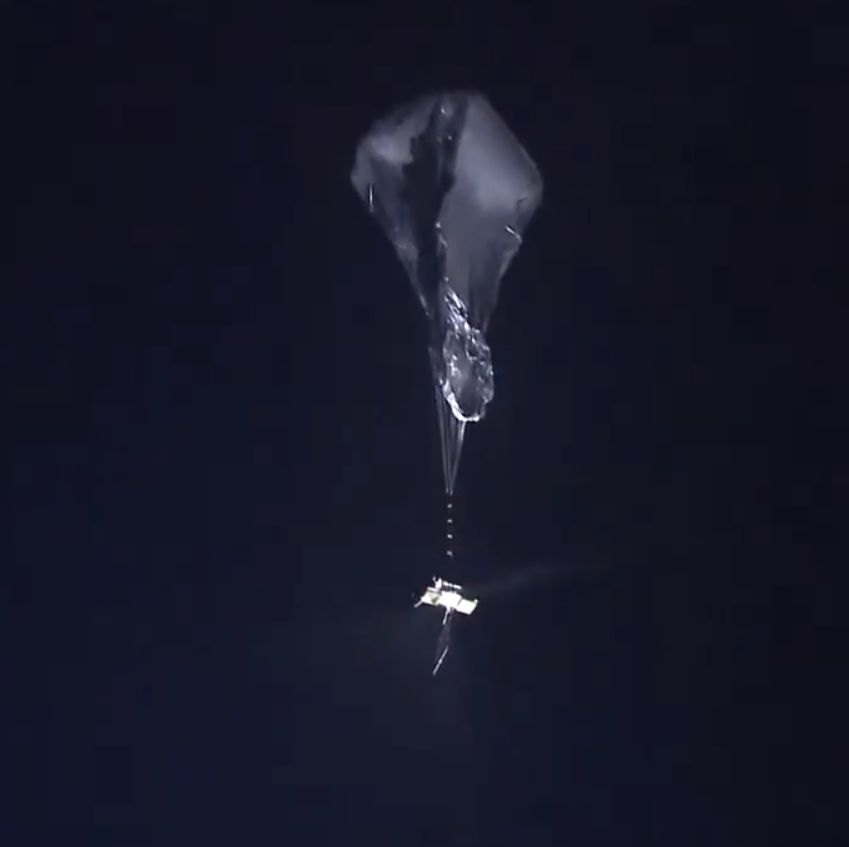Purpose of the flight and payload description
TRAVELER was a commercial near-space platform developed by Kuang-Chi Science Limited, a Chinese private firm in the technological sector. It was created to perform long-duration high-altitude flights using a helium zero-pressure balloon. There were two versions of the platform: an unmanned one that served as a technological demonstrator that carried a wide range of instruments and sensors onboard and a manned version that included a pressurized capsule with propellers for balloon steering.
According to the information provided by the company, the balloon was made of novel metamaterials characterized by low density, high strength, high helium barrier, resistance to UV radiation, and anti-ozone erosion. Coupled with advanced flight control systems, it could float in near space for a prolonged period. Regarding the platform itself, it had a high load capacity, was very adaptable to the space environment and was highly reliable. Many root innovative technologies were applied to the capsule, the nacelle, and key communications equipment. The capsule design was lightweight with high weatherability and impermeability to help to cope with the harsh environment of the stratosphere such as intense cosmic radiation, big temperature difference, and low atmospheric pressure. Lightweight high-strength skin materials and reinforced interior structure design were employed for the nacelle. A variety of equipment could be mounted according to the tasks performed including communications, video cameras, etc. to accomplish a wide spectrum of tasks including the collection of meteorological and agricultural data, high-speed wireless network coverage, secure high-precision monitoring of ground/sky objectives, to perform high-resolution geographical mapping and monitoring of traffic navigation and guidance. Power during flight would be obtained from an extensive array of solar panels hanging below the capsule.
Only a limited number of flights were made between 2015 and 2017 to test limited versions of Traveler. Althought the project still is presented in Kuang Chi's website, it seems to be abbandoned by the company which had shifted the main focus of its activities to other business areas.This first flight of the platform was performed on 6 June 2015, from Ashburton, in the southern island of New Zealand. After the launch, it reached the designed flying altitude of 21 km above sea level within one hour.
Report of chinese TV on the mission
Details of the balloon flight
Balloon launched on: 6/6/2015
Launch site: Ashburton, Canterbury, New Zealand
Balloon launched by: Kuang-Chi
Balloon manufacturer/size/composition: Zero Pressure Balloon
End of flight (L for landing time, W for last contact, otherwise termination time): 6/6/2015
External references
- Kuang-Chi Science web site
- Video of the Traveller launch from Asburton, NZ
13112If you consider this website interesting or useful, you can help me to keep it up and running with a small donation to cover the operational costs. Just the equivalent of the price of a cup of coffee helps a lot.






